Research · 7 min read
Animal Behavior Research - From Primates to Farm Animals
Comprehensive overview of animal behavior studies using video analysis, from great apes conservation to farm animal welfare. Features research examples using Mangold observation solutions.

Pets, farm animals and breeding animals are an integral part of our society. As working and living partners they are omnipresent. They assist with our health (therapy, well-being and as experimental animals), protect us (service dogs for police, customs and military), help us enjoy leisure time (equine sports, canine sports, zoo) and provide employment (animal health, animal trainer, veterinary medicine). Moreover, animals are an important economic factor (as farm animals) and inspire new technologies (bionics).
In recent years, scientists in behavioral science, animal hygiene, animal welfare and animal husbandry have made important research contributions. This success was made possible by special ethology observation solutions designed by Mangold International.
The INTERACT video analysis software from Mangold played a decisive role. Behavioral scientists analyzed:
- Play behavior
- Social structures
- Pair bonds
- Food intake
- Movement
- Social behavior
- Mimicry
- Animal sounds
- Human-animal interaction
Behavioral biology and animal protection: Studies with Mangold INTERACT
Emotional contagion in orangutans
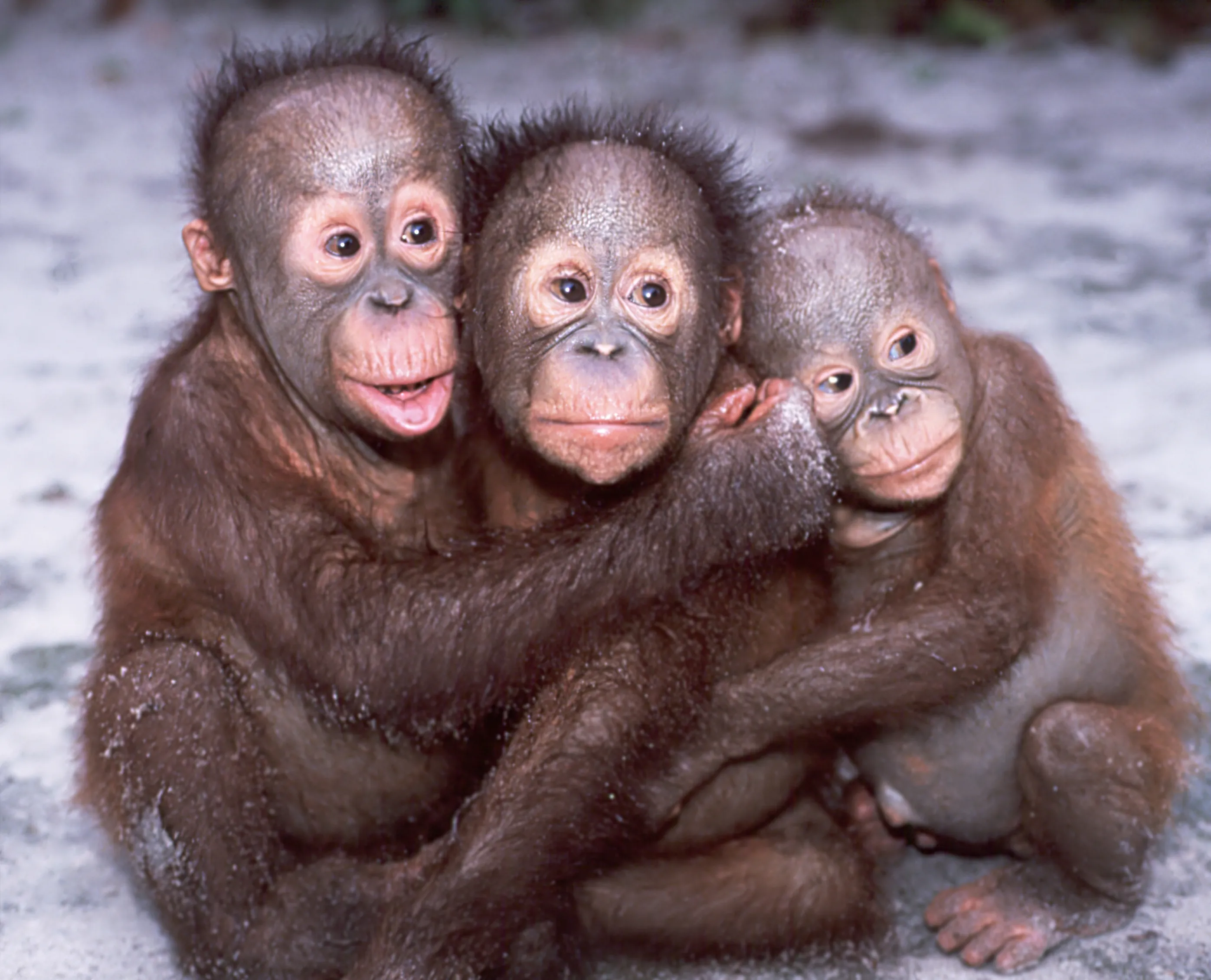
Even with newborns we can see that the cries of other babies are sufficient to induce the same emotional condition. This “mutual feeling” - or emotional contagion - can even cause large groups of humans to be contagiously irrational in panic situations.
Not only is this phenomenon linked to language or sounds, but also to the facial mimicry of our fellow humans. The facial mimicry of a person can take place voluntarily or involuntarily. In the latter the mimic facets are generated within less than one second. This has been proven in humans, but not in animals to date.
The study with Mangold INTERACT software provides the first proof that even non-human mammals can produce involuntary facial mimics within one second. These involuntary facial mimics have been initiated by another individual - the phenomenon of emotional contagion.
More: Rapid facial mimicry in orangutan play
Communication calls of northern tree shrews convey emotional state and individuality of the sender
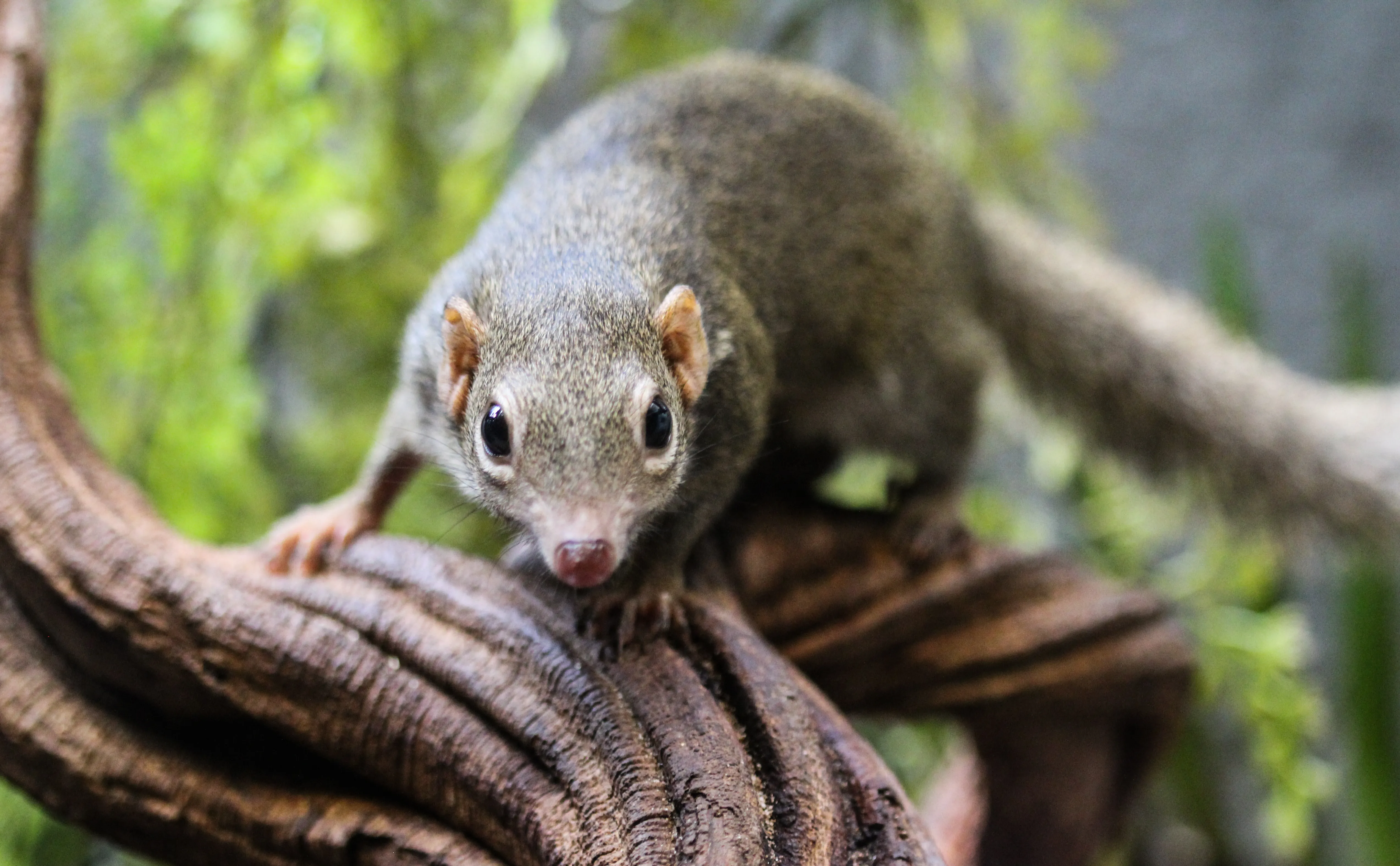
Comparative studies regarding the vocalization of humans and animals have shown that structured and temporal variations in communication sounds have different functions. These sound signals also reliably transmit the emotional state and individual authenticity of the sender.
The study carried out using the INTERACT software from Mangold International looks at the attention sounds of northern tree shrews. The project focuses on the question as to whether these sounds convey the emotional state and the individuality of the sender.
The acoustic analysis of the study produced a clear result: both the intensity of emotional excitation and the individuality of the sender were expressed in the form of temporal and structural variations within the communication calls. This was also the case for northern tree shrews.
Great Apes and Emerging Diseases
At Washington University, ethologists study the diversity of behavior of primates and promote the conservation of wild animals with Mangold solutions.
These scientists not only carry out laboratory studies but also use the INTERACT video coding application from Mangold in some of the most remote forests in the world. For example in the Goualougo Triangle Ape Project research project in the Republic of the Congo.
Mangold INTERACT is used to study various subjects, from primate tools to Ebola transmission dynamics. The mission of this project is to promote long-term conservation of apes, with particular emphasis on chimpanzees and gorillas in the Congo. These long-term studies of our closest living relatives provide important insights into human evolution.
More: The Goualougo Triangle Ape Project in Republic of Congo
Voice-based kin recognition in grey mouse lemurs
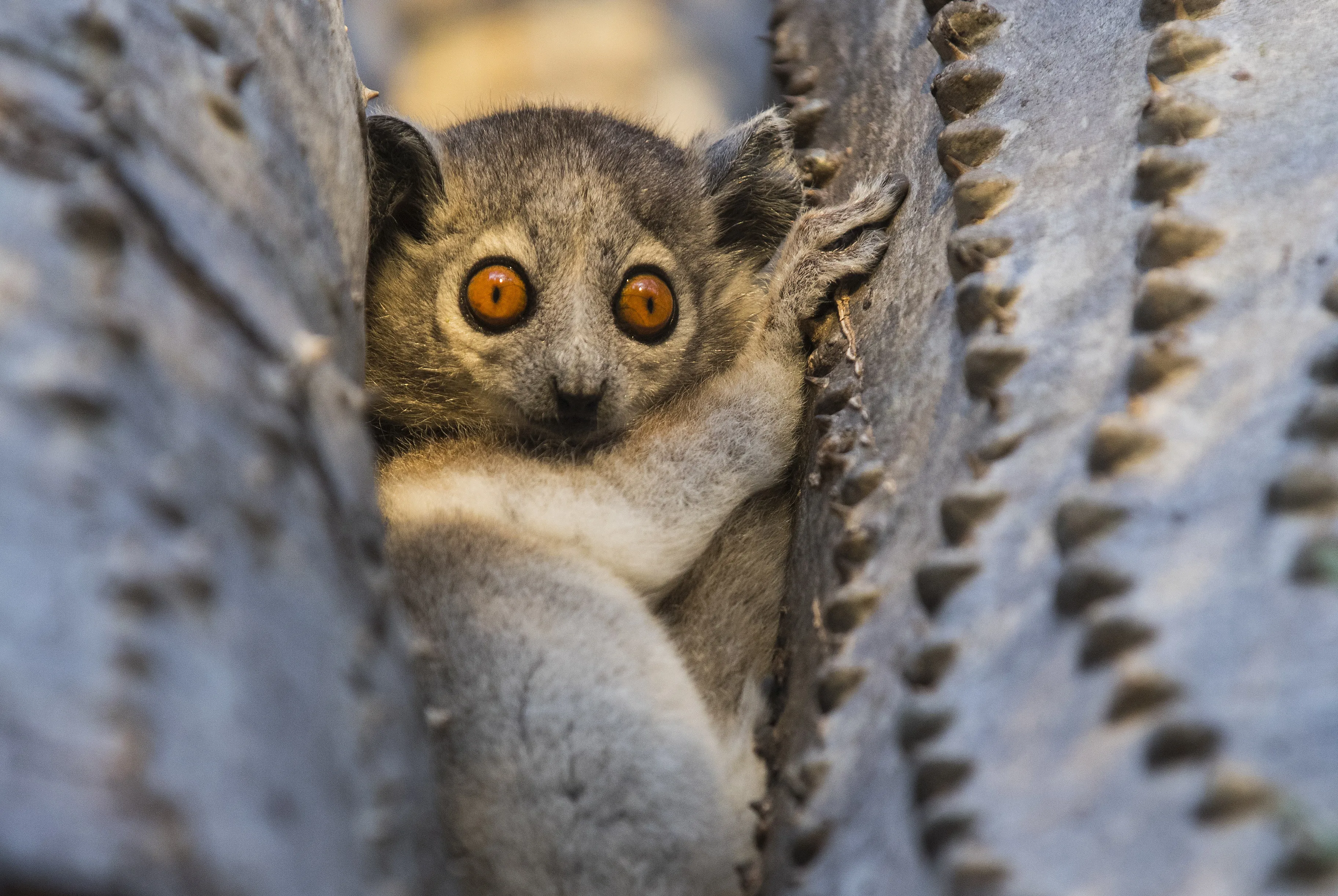
First study with the Mangold INTERACT software on kin recognition based on voice articulations in wet-nosed primates. 10 adult females in a sound-damped room with weak red light were exposed to 4 different sounds:
- Trill call of the father
- Whistle sequence of the father
- Trill call from a non-related male
- Whistle sequence from the same non-related male
It was possible to show that the reactions of the females to the whistle sequences did not differ. However, in the trill calls, the females remained in the loudspeaker area substantially longer when their own father articulated the whistle calls. Females therefore seem to be able to recognise their own relatives from the signatures contained in complex trill calls. Whistle calls are not individual and have simple structures; they are emitted in alarm situations. The identity of the sender does not matter; it is only important that a warning is given about potential danger. Unlike trill calls: these distinctive calls are evidently used by mouse lemurs to call together social members of a group (relatives).
More: Kin recognition in the grey mouse lemur (microcebus murinus)
Tool Use in Chimpanzees
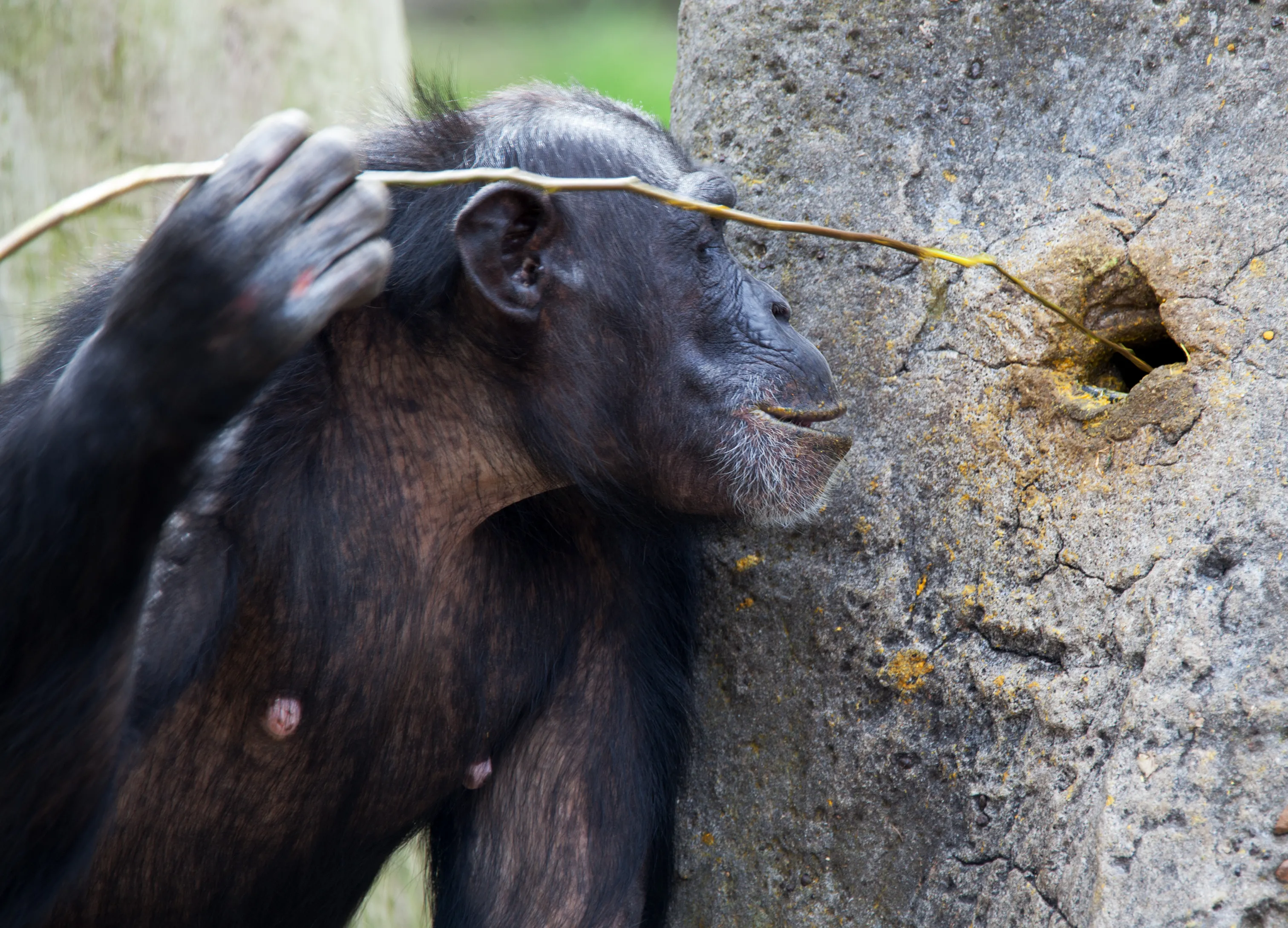
The “last [safe] place on earth” according to National Geographic is in the Goualougo-triangle of the Ndouabale-Ndoki-National Park in the northern part of the Republic of the Congo.
This is also the refuge of wild chimpanzees, which, using tools, have developed special nutritional strategies, which have been evaluated using Mangold INTERACT .
One of these strategies is fishing for termites with twigs or other parts of plants. Some chimpanzees are so resourceful that they skilfully insert long twigs into the passages of termite mounds and slowly guide them out again. The twigs are full of termites and these - evidently a delicacy from a primate’s point of view - are lapped up with pleasure. More: Insect prey characteristics affecting regional variation in chimpanzee tool use
Laying Hen Behavior Studies
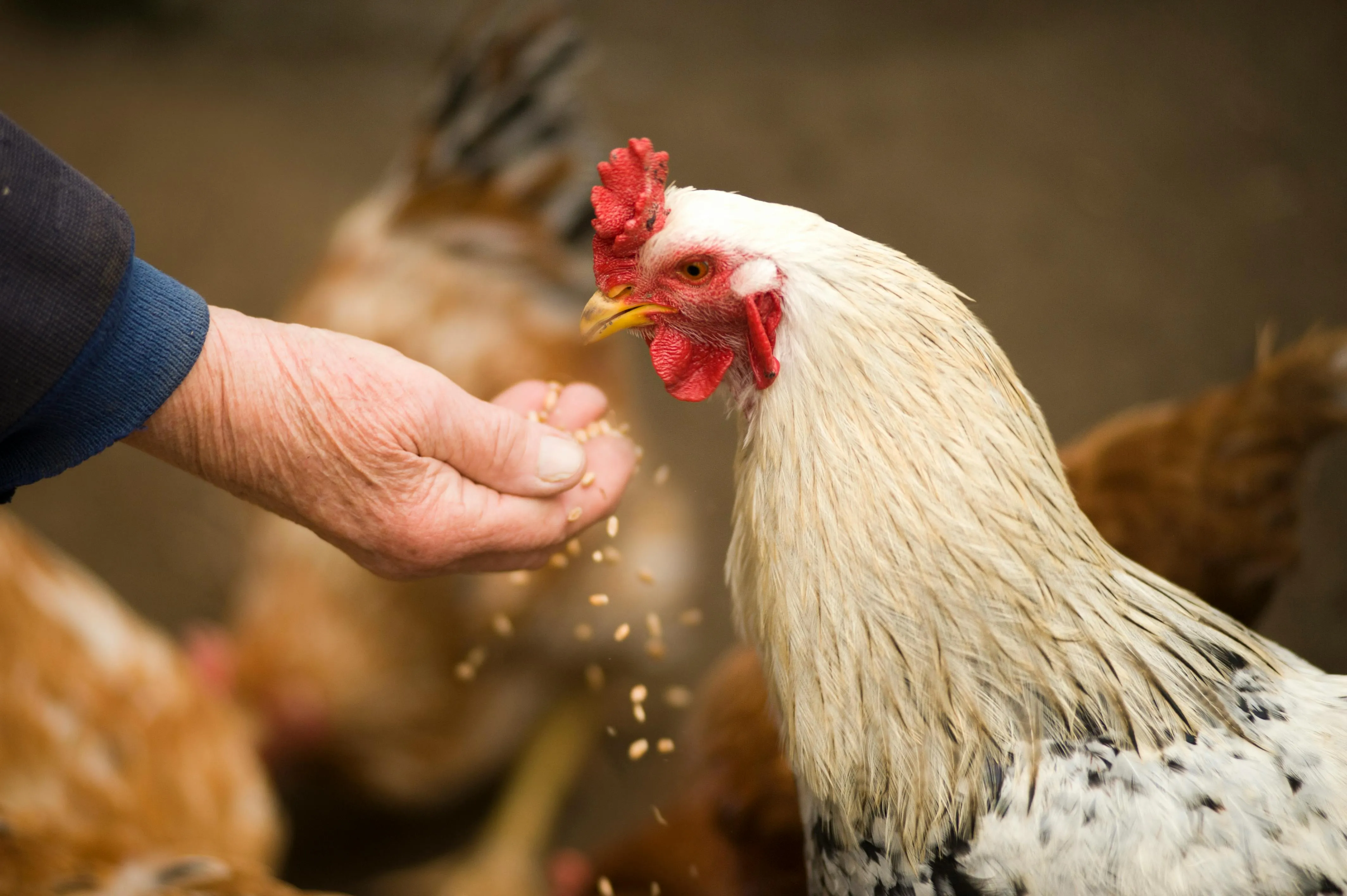
If a hen wants to lay an egg, she will start looking for a suitable place where she can hide away. But, how does she choose her egg laying spot? This question is being addressed by researchers at the Learning Institute for Animal Protection at the University of Bern in Switzerland. They’re investigating what laying nests should be like in order to be accepted by the hens.
Only hens who feel comfortable lay a lot of eggs. To feel comfortable, the hen must feel undisturbed and protected during egg laying. An important factor for the attractiveness of the laying nests is therefore their degree of enclosure. In an experiment, two nests were made available to hens, which were exactly the same on the outside.
Personality differences and social relationships in primates
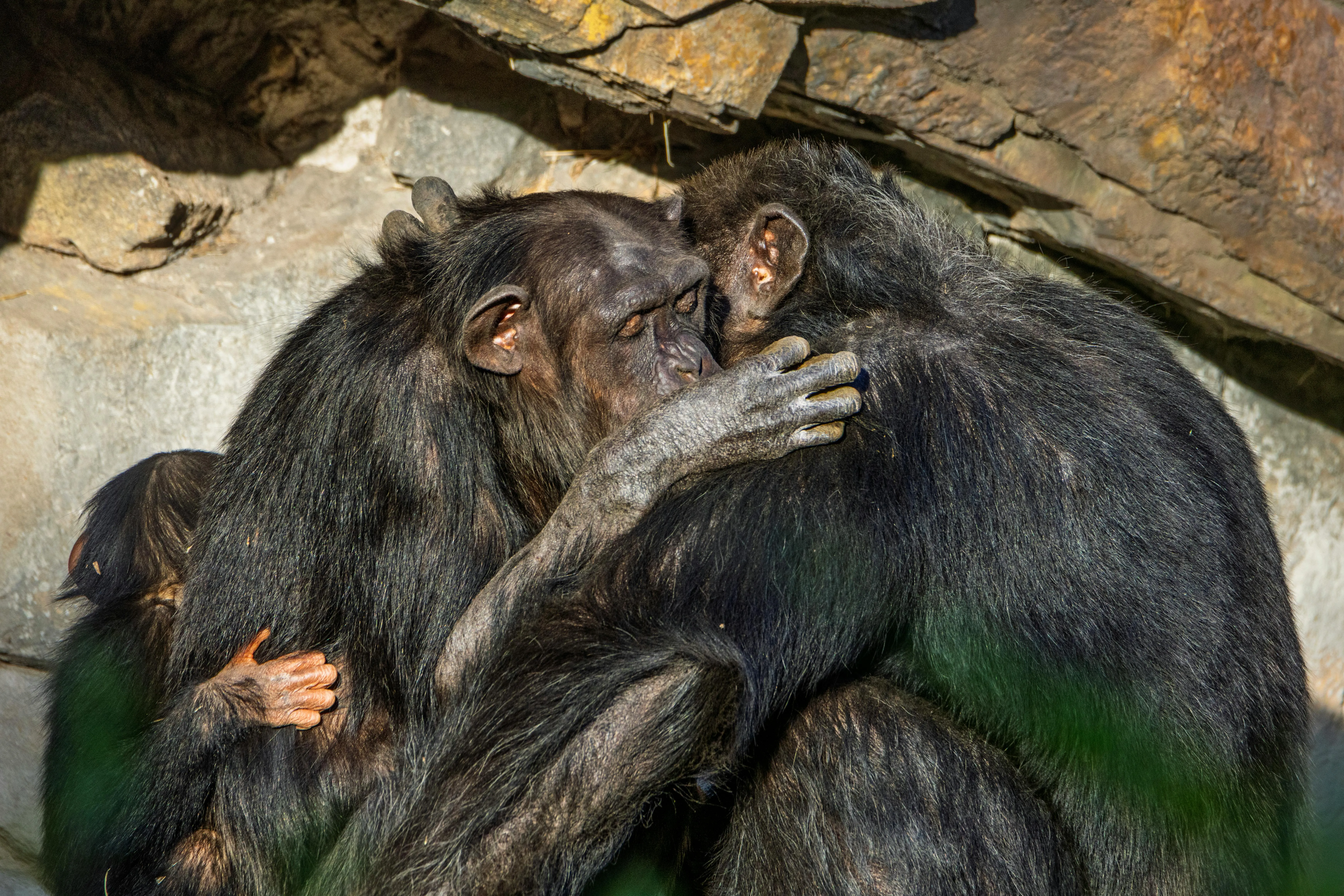
The research network Primate PersonalityNet at the Free University of Berlin investigates personality differences and social relationships in primate species.
Individual behavior patterns are found in a wide range of species. From an evolutionary perspective it is assumed that they reduce the competitive pressure between members of a species for resources such as food or mates. Therefore these patterns have an impact on successful environmental adaptation.
The studies provide important insights into animal protection, captive breeding and protection of the population.
Research Solutions
Much of the knowledge and improvement in the farm sector has become possible by using video-based observation and analysis systems from Mangold International.
There are more and more observation studies regarding alternative types of husbandry, stress, behavioral problems, the influence of stable floors, open versus barn pens, and other factors. The number and quality of these studies reflect the increasing importance of scientific behavioral observation of animals.
- The personality differences in capuchin monkeys
- The use of tools by animals
- Typical laughter expressions in chimpanzees as part of daily social life communication
- Echolocation of bats for identifying related and unrelated individuals
- The genetic basis of tameness and aggression in rats
- The food preferences of mouse lemurs
- Personality traits of great apes
- Cooperative activities in young children and chimpanzees
Protecting and improving the life of animals is one of the goals of Mangold International

We support researchers all over the world in their observational studies with professional solutions in the field of nature conservation, species-related animal husbandry and species protection.
Mangold International provides essential research tools for ethology studies, including:
- Dust-proof video cameras and computer systems
- Specialized software for data collection and evaluation
- Mobile and stationary observation solutions
- Analysis tools for quantitative and qualitative evaluation
Mangold Observation Labs
Mangold Observation Labs are comprehensive turn-key solution for conducting behavioral research and observation.
